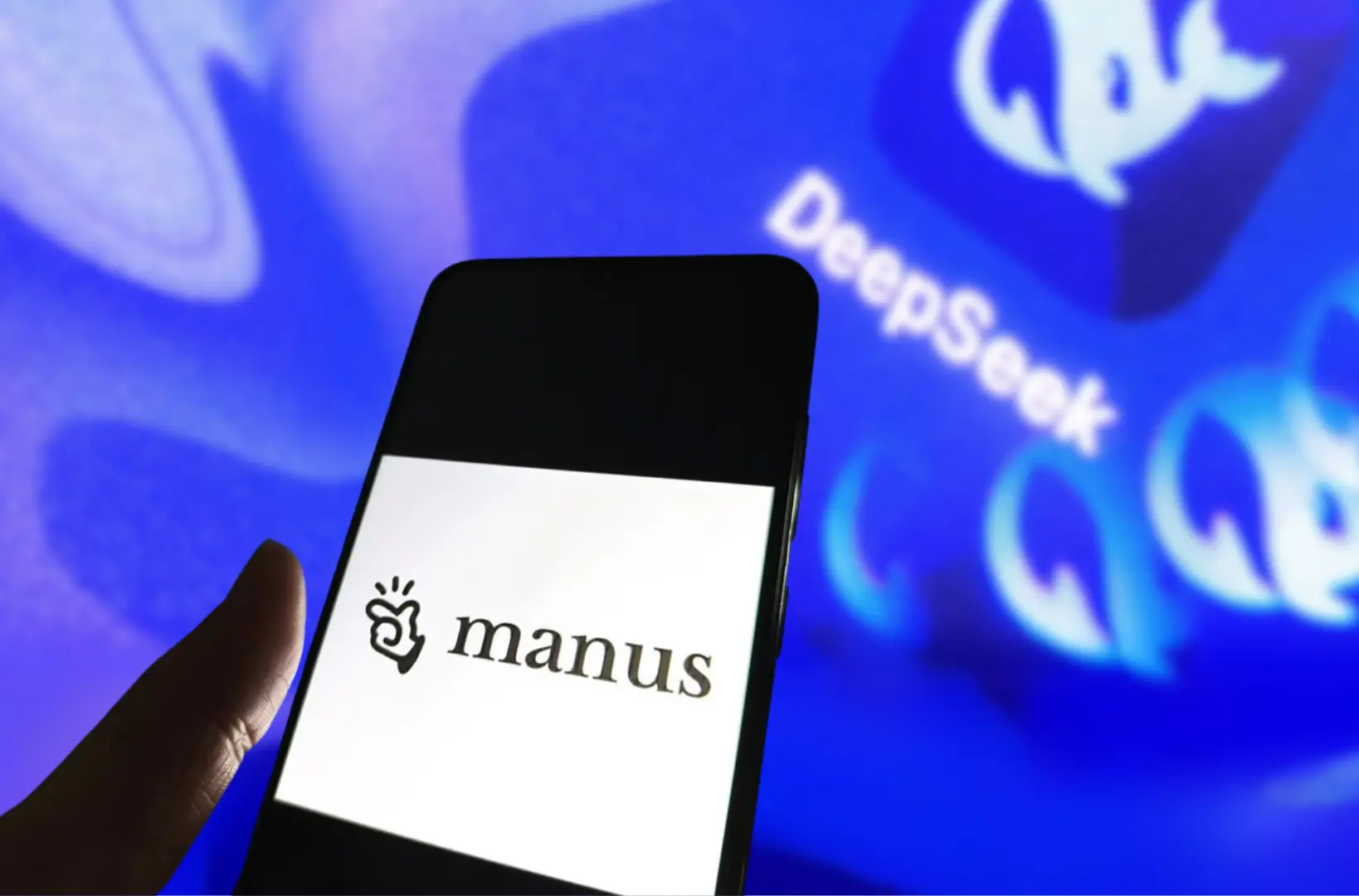Quantum computing has long been touted as the next great technological revolution, promising to solve complex problems at speeds unattainable by classical computers. From drug discovery to advanced AI, the potential of quantum computing is immense. However, a significant roadblock has persisted for years: qubit stability. Qubits, the fundamental building blocks of quantum computers, are notoriously fragile, often succumbing to decoherence and errors due to external disturbances. This instability has made large-scale quantum computing a formidable challenge.
Enter Microsoft’s Majorana 1 chip—a breakthrough that could change everything. By leveraging the unique properties of Majorana fermions, Microsoft aims to develop a quantum system that is significantly more stable and resistant to noise. This advancement could mean the difference between quantum computers remaining experimental and them becoming a mainstream technological force capable of transforming industries. But how does this new chip work, and why does it matter? Let’s explore.
Understanding the Majorana 1 Chip
At the heart of Microsoft’s new quantum initiative is a radical shift in qubit architecture. Unlike traditional quantum computers, which rely on superconducting qubits (used by companies like IBM and Google), Microsoft has chosen to develop topological qubits, leveraging the exotic Majorana fermion.
First theorized in 1937 by Italian physicist Ettore Majorana, Majorana fermions are unique because they act as their own antiparticles. Unlike standard electrons or photons, these particles are highly stable, making them a prime candidate for reducing error rates in quantum computing.
The Majorana 1 chip is the first practical implementation of this vision. Instead of relying on superconducting circuits that require extensive error correction, this chip uses the properties of Majorana fermions to create qubits that are intrinsically more stable and resistant to noise. If successfully scaled, this technology could revolutionize quantum computing by making it more feasible for practical applications.
Why This Matters: A New Approach to Quantum Stability
Quantum computers have immense potential, but their progress has been hindered by error rates and decoherence. Traditional qubits are highly sensitive to external disturbances, requiring massive error correction systems that complicate scalability. Microsoft’s topological qubits address this issue by encoding quantum information in a way that makes it naturally resistant to environmental noise.
The implications of this breakthrough include:
- Greater stability: Reduced sensitivity to external disturbances, leading to fewer errors.
- Lower computational overhead: Less need for extensive error correction mechanisms.
- More efficient scaling: A path toward larger and more powerful quantum processors.
Instead of merely increasing the number of qubits (as seen in IBM’s and Google’s strategies), Microsoft aims to build fewer but more robust qubits, potentially accelerating the path to practical quantum computing.
Beyond academia and research labs, this innovation could have profound implications for industries such as cryptography, pharmaceuticals, materials science, and artificial intelligence. Imagine a future where molecular simulations for drug discovery take seconds instead of years or where encryption methods become unbreakable due to advanced quantum algorithms. Microsoft’s new approach could be the key to unlocking such possibilities.
How Microsoft’s Strategy Differs
While competitors like Google and IBM have focused on brute-force scaling by increasing qubit counts and refining superconducting technologies, Microsoft is taking a fundamentally different approach.
Instead of racing to build the largest quantum processor, Microsoft is prioritizing qubit quality over quantity. The ultimate goal is to develop a quantum system that requires minimal error correction, making it more efficient, cost-effective, and commercially viable.
Key Differences Between Microsoft and Competitors’ Approaches:
- Superconducting Qubits vs. Topological Qubits: Google and IBM use superconducting circuits, which require heavy error correction. Microsoft’s Majorana-based qubits are inherently stable.
- Scaling Strategy: Microsoft’s approach reduces the need for vast hardware infrastructure, enabling simpler and more energy-efficient quantum systems.
- Commercial Viability: If successful, Microsoft’s technology could allow businesses to deploy quantum solutions without the massive maintenance costs associated with current systems.
This strategy highlights Microsoft’s long-term vision: rather than achieving short-term milestones like “quantum supremacy,” the company is focusing on building a robust foundation for the future of quantum computing.
What Comes Next?
While the Majorana 1 chip is a significant milestone, it is just the beginning of Microsoft’s quantum journey. The next steps involve proving the reliability of topological qubits in real-world conditions and scaling the technology for broader applications.
Future Milestones for Microsoft’s Quantum Initiative:
- Demonstrating stable, long-term quantum operations
- Building hybrid quantum-classical systems for early commercial use
- Expanding partnerships with industries that could benefit from quantum computing
- Developing quantum algorithms optimized for topological qubits
If successful, this approach could place Microsoft ahead in the race toward practical and commercially available quantum computing. The tech giant has already integrated its quantum ambitions into its cloud computing service, Azure Quantum, hinting at a future where cloud-based quantum services become a reality.
Final Thoughts
Microsoft’s Majorana 1 chip is not just another quantum processor; it represents a paradigm shift in the way quantum computing is approached. By prioritizing stability and efficiency, Microsoft is charting a new course that could address one of the biggest hurdles in the field.
Quantum computing has long been seen as a distant dream, but with breakthroughs like the Majorana 1 chip, that dream is rapidly approaching reality. If Microsoft’s bet on topological qubits pays off, we could soon see quantum computers transitioning from research projects to real-world problem solvers. Industries ranging from finance to healthcare to AI stand to benefit from quantum advancements, and Microsoft is positioning itself at the forefront of this transformation.
While it remains to be seen how quickly this technology can be scaled, one thing is certain: quantum computing is no longer a question of if, but when. And Microsoft is leading the way.
Stay tuned as we witness how this innovation unfolds and reshapes the quantum computing landscape.
Suggested Reads:
Zeekr 007: Sub-10-Minute EV Charging with Golden Battery
Startup Tech Stack 2025: Your Ultimate Guide
Frontend Developer Roadmap 2025: Your Complete Guide

Jahanzaib is a Content Contributor at Technado, specializing in cybersecurity. With expertise in identifying vulnerabilities and developing robust solutions, he delivers valuable insights into securing the digital landscape.








